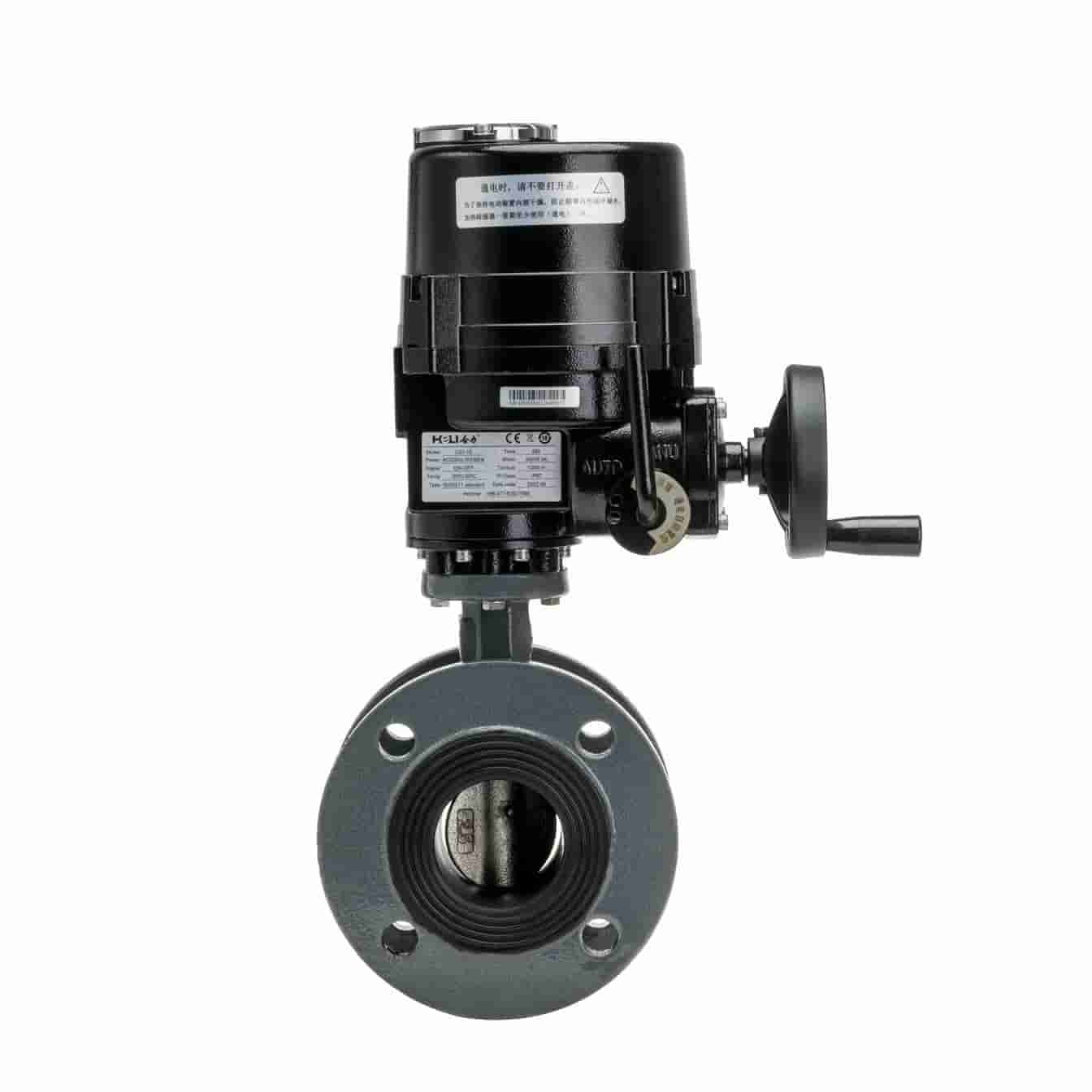

Electric ball valves are integral components in various fluid control systems, offering precise regulation and enhanced efficiency in diverse industrial applications. By combining the simplicity of a traditional ball valve with electric actuation, these devices provide both ease of operation and reliability, making them essential in sectors such as water treatment, oil and gas, and HVAC systems.

At the core of an electric ball valve is its structure, which consists of a spherical ball with a hole through its center. This ball acts as the valve's closure mechanism. When the ball is rotated, the hole aligns with the flow direction, allowing fluid to pass through, or it is turned perpendicular to the flow, effectively blocking it. This design ensures minimal pressure drop and resistance in the pipeline, leading to efficient flow control.
